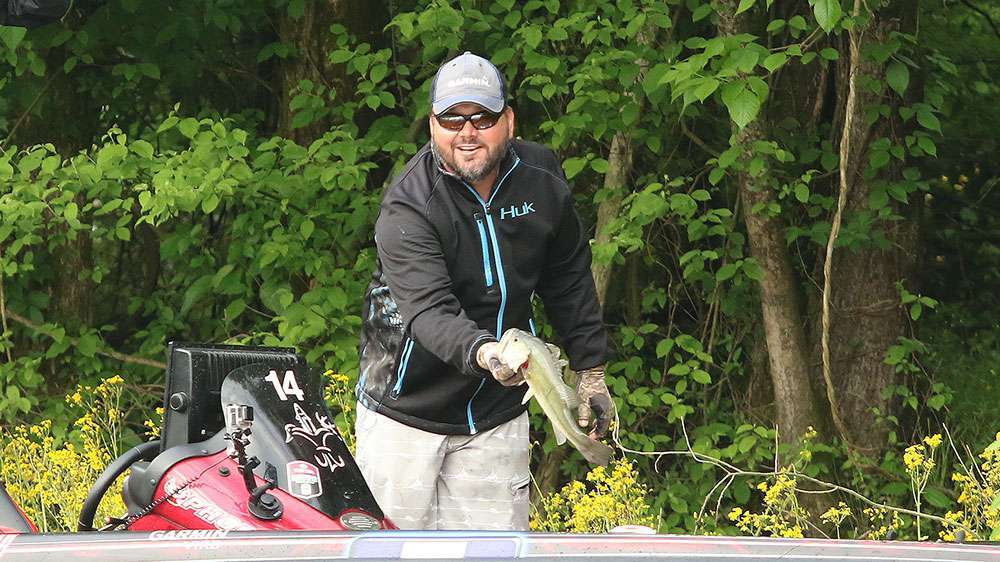
This week we’re going to look for, and find, hidden shad and bass bungalows. They mostly exist in late winter and they’re always in water that’s slightly warmer than anything else around.
I first discovered this on the Arkansas River years ago. There was a canal dug to make dry ground for a few houses off the river. It wasn’t very long, maybe 300 yards at the most. I was just messing around so I decided to give it a few casts.
The first thing I noticed when I got back into it was that it was full of shad. When I mean full I mean it looked like the water was boiling, and underneath that boiling water were huge numbers of bass. It was amazing, something I’d never experienced before. I caught the daylights out of them that day.
Whatever it was that caused it, the water was a couple of degrees warmer back there than anywhere else I’d been in the river. That’s why the shad were there, and the shad were why the bass were there.
After that experience I started to look for similar areas whenever I was winter bass fishing. I found then and over time developed some ideas about what they were and why the water was warmer.
First and foremost, almost every single place I’ve found was when the general water temperature was below 45 degrees. I don’t know why for sure but I have to think that the water needs to be really cold for the shad to move into areas that are only a couple of degrees warmer than the surrounding water.
The next thing I noticed was that every area I found — what lake or river I was fishing didn’t seem to matter — was protected in some way. There were wind breaks around them and they seemed to be able to avoid the worst of the winter storms.
The final thing was that there was always some kind of moving water in them. In the case of canals the movement came either from or to the main lake or river. The areas I found that were in creeks were always in creeks that had some inflow into them from the surrounding land.
Maybe the best ones were places that were spring fed. It seemed like the spring water that was coming out of the ground was noticeably warmer than anything else. And, it might have had more oxygen in it, too, although I can’t say that with much confidence.
The thing that didn’t seem to matter was depth. Sometimes the water was surprisingly shallow, so shallow that you wouldn’t think there was room under the shad for a bass. But at other times the water was fairly deep. I have no explanation for this other than to say that maybe temperature and bait, or bait and temperature, was all that mattered to the bass.
It takes time to find the places I’m describing. They don’t jump out at you like other areas. The time it takes is worth it. There’s nothing that’ll warm you up on a cold winter day faster than catching a big bass.

